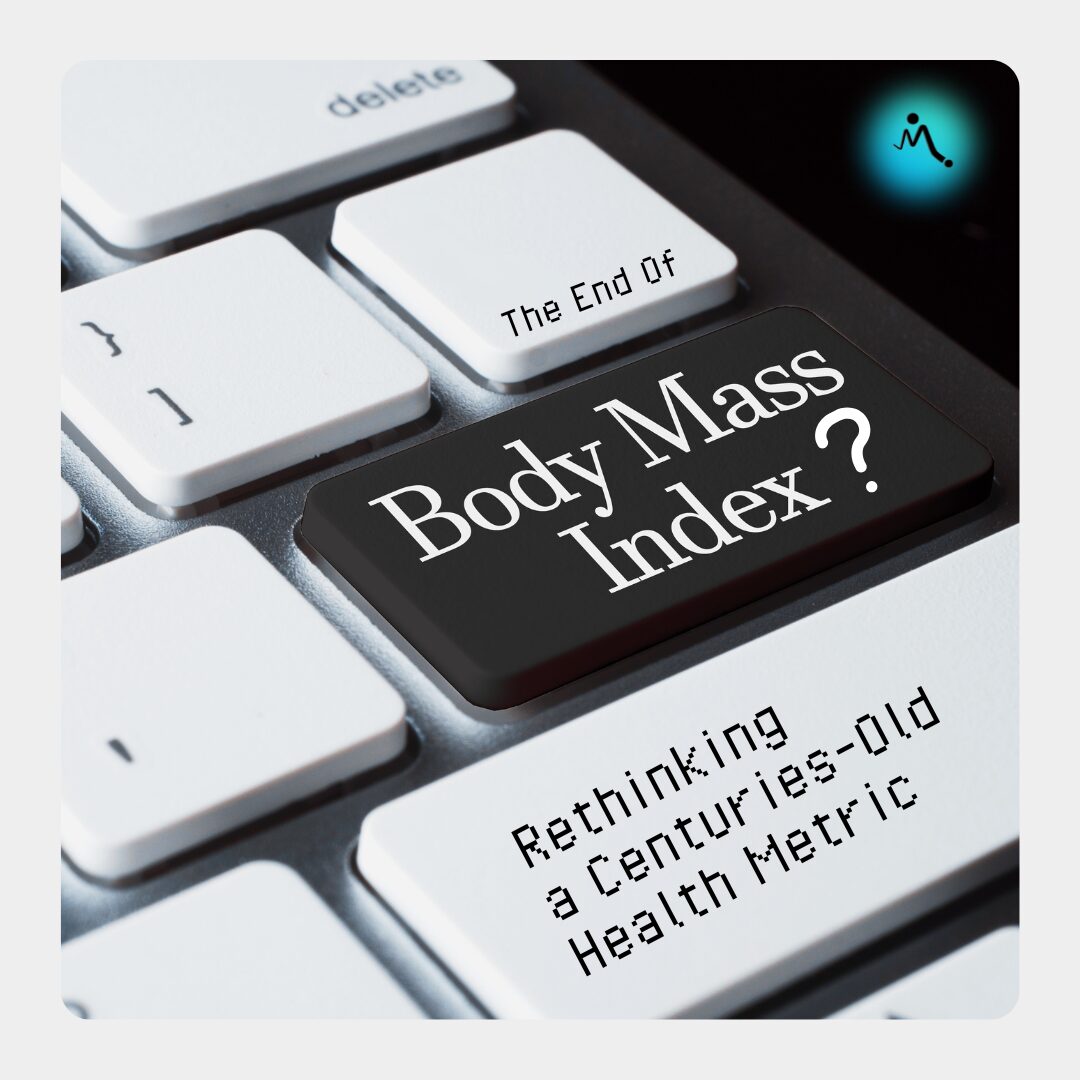The utility of body mass index (BMI) as a health measure has faced decades of scrutiny. Experts continue to question its accuracy in evaluating an individual’s health status. Holly Ann Russell, MD, author of a recent commentary titled “Is It Time to Say Goodbye to BMI?”, remarked, “A person’s health is influenced by a complex mix of health behaviours, genetic factors, lean mass, fitness, and environmental risks. No simple maths formula or number on the scale can measure a person’s health, and using one for that purpose may actually cause harm.”
The American Medical Association (AMA) echoed this in 2023, highlighting BMI’s limitations in accounting for variables such as comorbidities, lifestyle, ethnicity, gender, and age. Over a decade earlier, researchers Rexford S. Ahima, MD, and Mitchell A. Lazar, MD, critiqued BMI in Science for failing to measure fat content, reflect muscle-to-fat proportions, or account for differences in fat distribution across ages, sexes, and races. Despite these shortcomings, BMI remains widely used to screen for obesity and guide treatment plans. Why does this outdated metric persist, and what might replace it?
The Origins and Persistence of BMI
BMI was developed in 1832 by Adolphe Quetelet, a Belgian mathematician, to describe the “average man” and not for medical use. It gained medical relevance in 1972 when Ancel Keys coined the term “body mass index.” The World Health Organisation (WHO) adopted BMI in 1995 to define and classify obesity.
The calculation is straightforward: weight in kilograms divided by height in metres squared. BMI categories for adults include underweight (<18.5), healthy weight (18.5–24.9), overweight (25–29.9), and obese (≥30). However, these categories ignore critical factors such as age, sex, and ethnicity. Sabrina Strings, PhD, criticised BMI in the AMA Journal of Ethics, arguing that it perpetuates racial biases under the guise of clinical authority.
Even within its framework, BMI can be misleading. For example, a fit individual like a front row forward might have a high BMI, while a thin but unhealthy person could have a low BMI. Louis J. Aronne, MD, from Weill Cornell Medicine, notes, “There are definitely unhealthy people with a low BMI. Those people tend to have too much body fat around their waist and low muscle mass.”
Practicality vs. Precision
Clinicians acknowledge BMI’s flaws but often rely on it for its simplicity. Dimpi Desai, MD, from Stanford University, describes BMI as “an easy, pragmatic way of approaching obesity and weight in a busy clinical practice.” Additionally, BMI is central to insurance approvals for obesity treatments and bariatric surgery, making it difficult to abandon.
To address its limitations, clinicians often supplement BMI with other measures like waist circumference. The AMA recommends combining BMI with abdominal measurements or advanced tools like dual-energy x-ray absorptiometry (DEXA). DEXA provides a far more detailed and accurate assessment of body composition compared to BMI. It measures fat mass, lean body mass, and bone density, offering a comprehensive picture of an individual’s health. Unlike BMI, which gives a single ratio, DEXA can differentiate between muscle and fat tissue and reveal visceral fat levels, which are critical indicators of metabolic health. Moreover, DEXA enables highly individualised health assessments by pinpointing specific areas of risk, such as excessive visceral fat or low bone density, allowing tailored interventions for each patient. “By using DEXA, we can identify health risks that BMI simply cannot,” notes Desai. Measuring body composition is gaining traction, especially for older adults where maintaining lean mass during weight loss is critical.
The Road Ahead
Replacing BMI will require robust data, innovative tools, and systemic changes. The Lancet Diabetes & Endocrinology Commission is working to redefine clinical obesity with diagnostic criteria that align with other chronic diseases. This effort aims to create a more accurate and inclusive framework for assessing health.
For now, BMI remains a fixture with many Doctors, but its limitations are increasingly acknowledged. Methods such as DEXA are becoming common practice, and offer hope for more precise, individualised health assessments. The transition may be slow, but the push for better tools signals a promising shift towards improved care and outcomes.
Article adapted from Marilynn Larkin, Medscape Medical News © 2024 WebMD, LLC.

